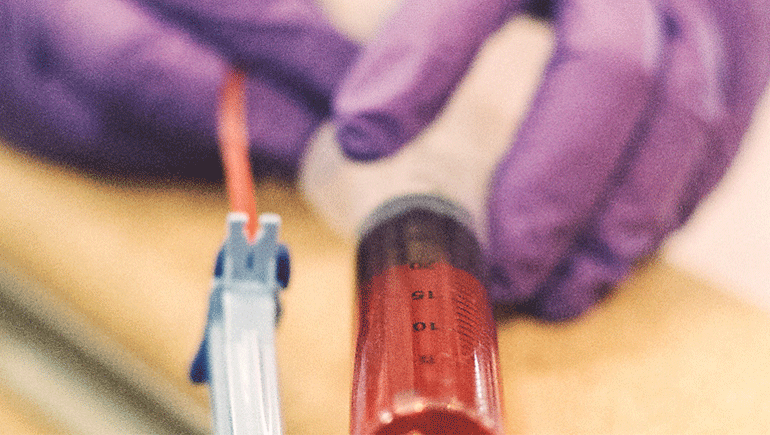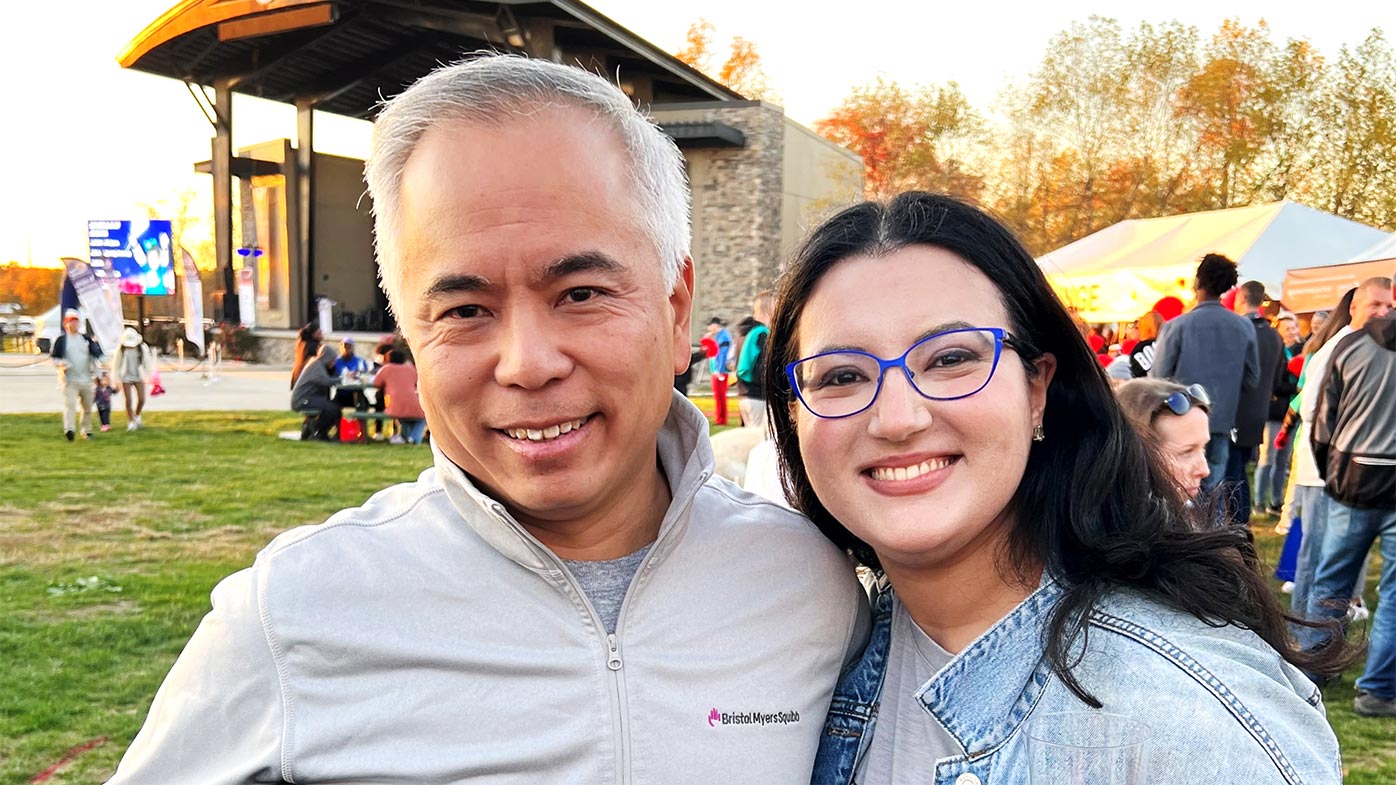Types of non-Hodgkin’s lymphoma
Anaplastic large cell lymphoma
There are more than 30 different types of NHL. Some forms are treated differently than others. For example, anaplastic large cell lymphoma, the type of lymphoma that Jon Lester was diagnosed with, often responds well to a chemotherapy regimen called CHOP, which includes four drugs: cyclophosphamide, doxorubicin, vincristine and prednisone. CHOP also works against other NHL sub-types that fall within the same category as anaplastic large cell lymphoma, known as peripheral T cell lymphomas.
Diffuse large B cell lymphoma
The most common type of NHL, diffuse large B cell lymphoma (DLBCL), is also treatable and potentially curable. This fast-growing lymphoma accounts for about one third of NHL cases. For this lymphoma, it is typical for lymph nodes to double in size every month, and patients often present within a few months of having noted an enlarged lymph node. The typical first line treatment is a modified version of CHOP, known as R-CHOP, that adds a “targeted therapy” called rituximab, which is a monoclonal antibody that homes in directly to the cancer cells and promotes their destruction. Over 90 percent of patients with localized, early stage DLBCL will be cured with a combination of R-CHOP and radiation therapy and approximately 50 percent of patients with advanced stage DLBCL will be cured with R-CHOP.
Unfortunately for those patients who are not cured by R-CHOP there are less attractive second line therapies, including chemotherapy or high dose chemotherapy followed by autologous stem cell rescue, also known as bone marrow transplant. Many fewer can be cured at that point and the majority of these patients will not survive their disease.
Follicular lymphoma
The second most common subtype of NHL, follicular lymphoma (FL), grows slowly, with lymph nodes doubling in size approximately every six to 12 months, and patients often get diagnosed a year or later after they first noted an enlarged lymph node. Many patients may not require treatment initially and can just be observed. A small fraction never require treatment, however, eventually, the vast majority of patients will require therapy, which is typically rituximab combined with a chemotherapy. Unlike DLBCL, patients with FL are rarely if ever cured but may live many years because of the slow growth of the tumor cells and the ability to treat with multiple therapies. Eventually, however, most patients will die of their disease and in about 25 percent of them their FL will transform to DLBCL which is typically not responsive to therapy in this setting.
Burkitt’s lymphoma
Another type of NHL that responds to chemotherapy is Burkitt’s lymphoma. Doctors first noticed this cancer in children in Africa, but it also strikes people infected with human immunodeficiency virus (HIV), organ transplant recipients, and others. Chemotherapy combinations cure about 50 percent of patients, meaning there are many who need other choices. This lymphoma is very rapidly growing, and lymph nodes double in size within a few days to a few weeks. While it is rapidly growing, it is curable in many patients when diagnosed early.
Mantle cell lymphoma
Mantle cell lymphoma (MCL) only accounts for about five percent of the cases of NHL but it is a very aggressive type of lymphoma and is typically diagnosed in very advanced stages of the disease. Treatments like R-CHOP have improved the prognosis for patients, who now survive for five to seven years on average, but the disease recurs in nearly all patients and cures are extremely rare.
Continued scientific advancements are providing additional options for patients
The picture, however, is continuing to improve for all of the lymphomas with the continued research and development of exciting therapies that specifically target the cancer cells, and agents that modify the immune system. These new therapies include monoclonal antibodies that target directly to the cancer cells and kill the cancer cells by a variety of immune mechanisms, monoclonal antibodies that are “packaged” with toxic chemicals that target directly to the cancer cells to deliver these toxic agents, and tyrosine kinase inhibitors that are small molecules that can be given orally and target different growth receptors in cancer cells and very effectively kill the cancer cells, and other agents to stimulate the immune system. This is perhaps the most exciting era in lymphoma history where basic science discoveries are becoming available to lymphoma patients with the hope of improving their survival and quality of life.



